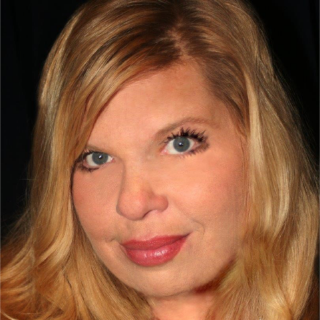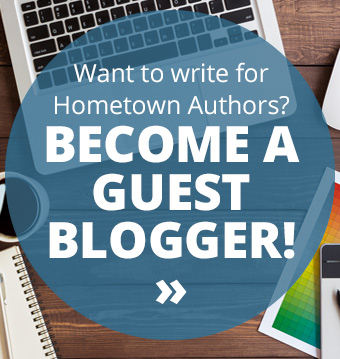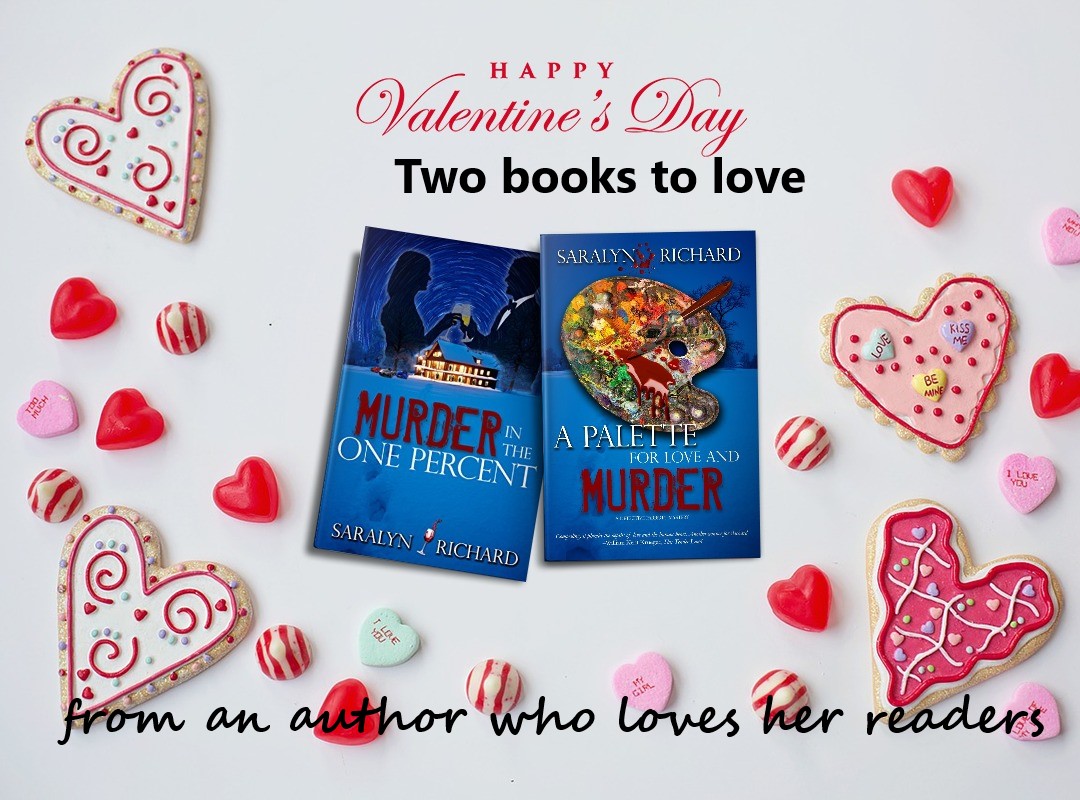Best Reading for an Author: READ Your People
What if finding your audience may be the single most important part of getting people to read your book? Notice I didn’t say to sell your book. Let’s leave words like those, along with buy, profit, revenue, and earnings aside for now. The word we will need is read. Of course, you want people to read your book, but let’s face it, not everyone is going to read it.
I am not just talking about the people who do not read to begin with and are not going to read anyone’s book. I am specifically addressing readers—the ones that are not going to read your book or my book. I cannot skip this step: weeding out the ones who will never be my readers. I read my audience, then, my audience reads my book.
While I had collected a variety of readers for my first novel, upon further delving, the group did not look as diverse as I had initially assumed. Though made up of a medley of ages, occupations, and socioeconomic statuses, my readers were nearly all female. When I began to market my children’s book, Holly & Guacamolly, my following immediately dwindled because not all of those women readers had children, and if they did, the children might not have been the right age for the book I was launching at the time. The only reason that this was not completely defeating was that I was able to prioritize to READ my audience.
Finding My People
Once I had tapped into my people, by asking my readers to help spread the word to others that could potentially fit my new target audience, I then needed to find creative ways to build a following, focusing primarily on parents of elementary age kids. Parents who visit libraries with their children are an obvious perfect match, if I am reading my audience.
Tried and true, bookmark-making events and school story-time visits have also been a way to help put this author on the children’s book map. For building this community, I had to ask myself the questions: who would read this and who would buy this? My response has been parents who have children in elementary school that might be dealing with challenging classmates that some would call bullies. Parents who have hope in teaching their kids problem-solving through leadership would be an answer on the board as well. With bold images and fun, engaging and positive characters, as I anticipated, the kids have been easily influenced to become my readers as well, and I plan to have many similar stories to come for that audience.
Since then, I have returned to adult fiction, planning to release a new novel, Borrowed Children, this Fall. Lucky for me, the topic is one that will be best related to by mothers and fathers, and anyone who has truly loved or lost a child. Many of the readers from both built audiences will follow me on this journey of human behavior, raw emotion, and honest reactions that occur when a child goes missing.
Even right now with this post, I am reading my readers. Who is still reading, I ask. The answer: the authors who are willing to read someone else’s examples in order to understand the importance of reading their own audience! Good luck to you. You can do this. Happy reading!









What People Are Saying